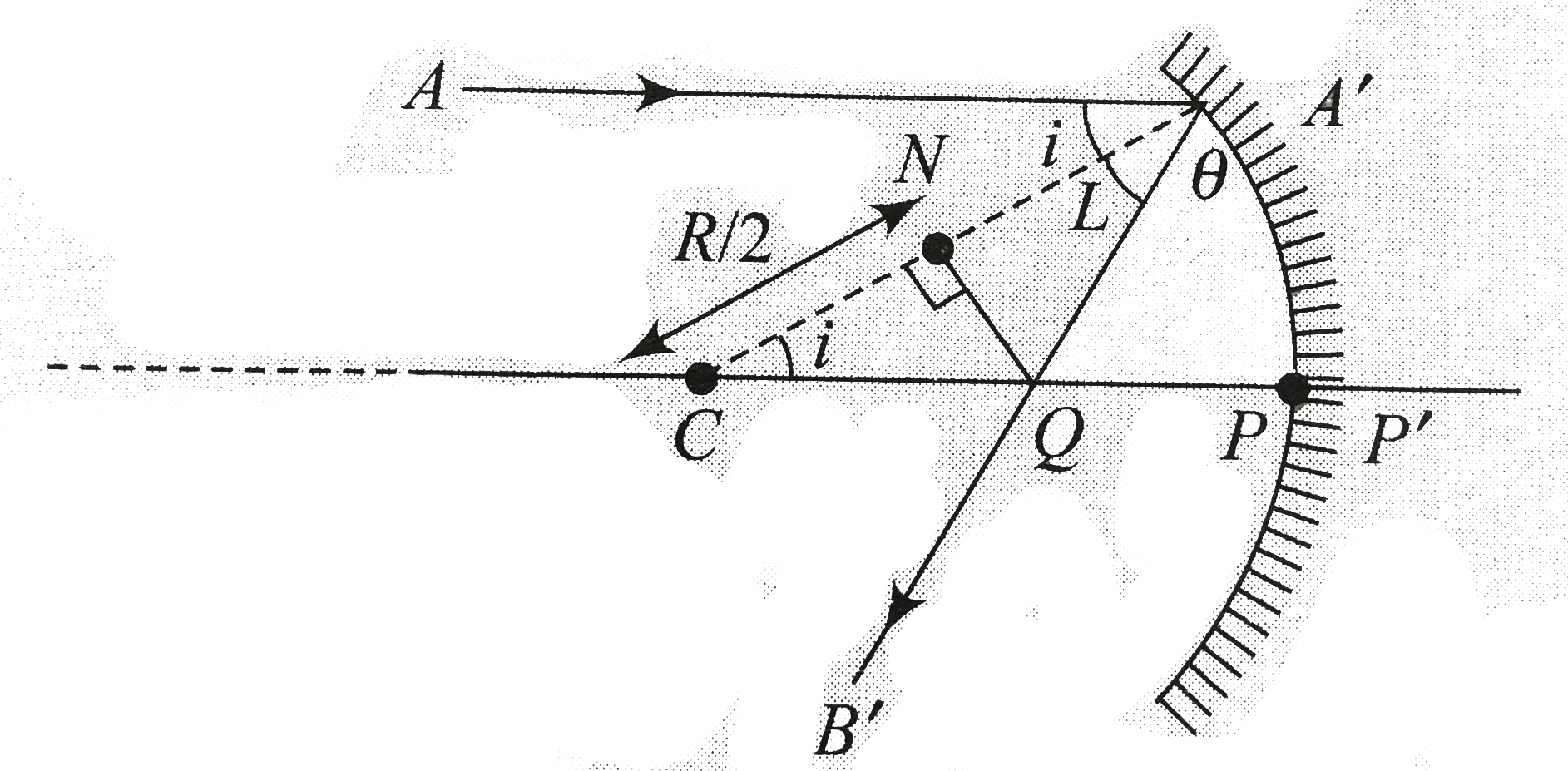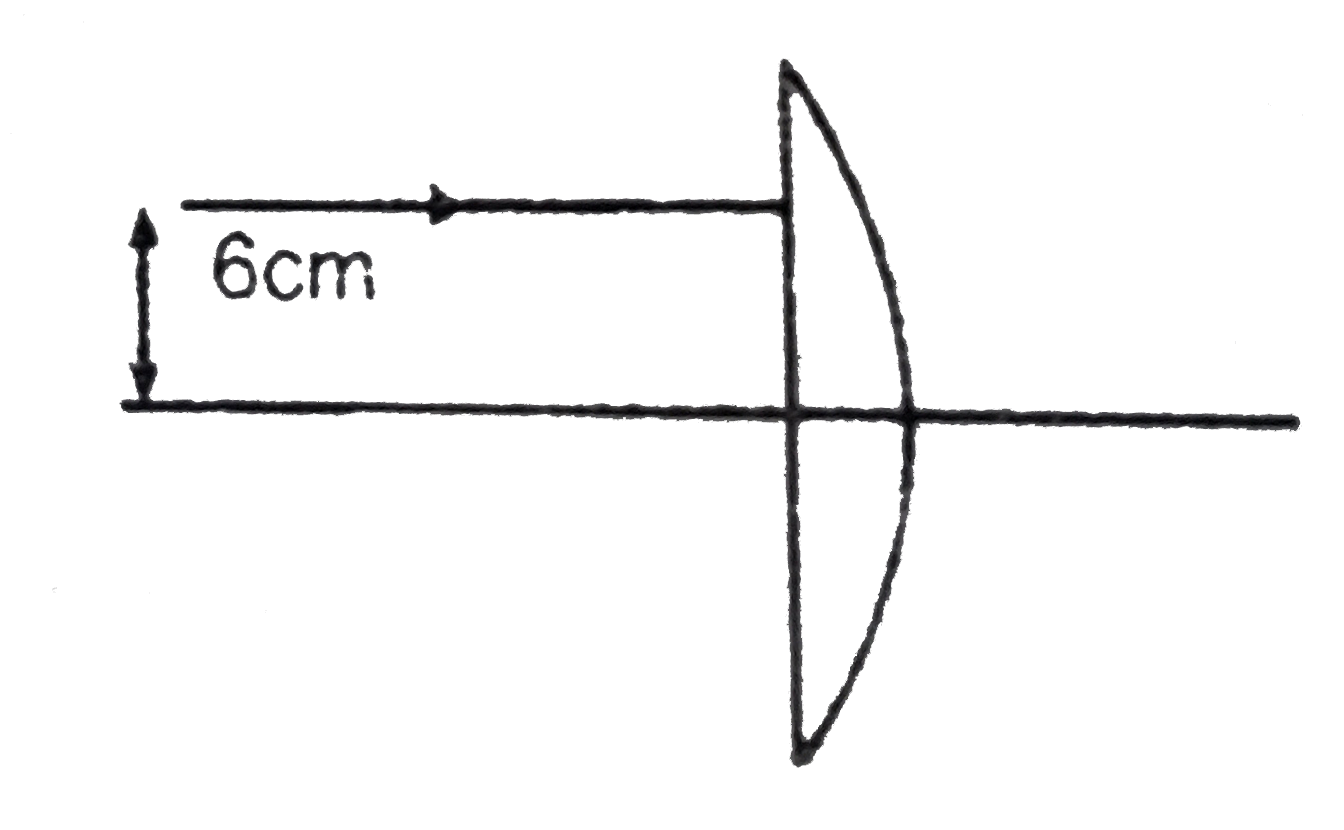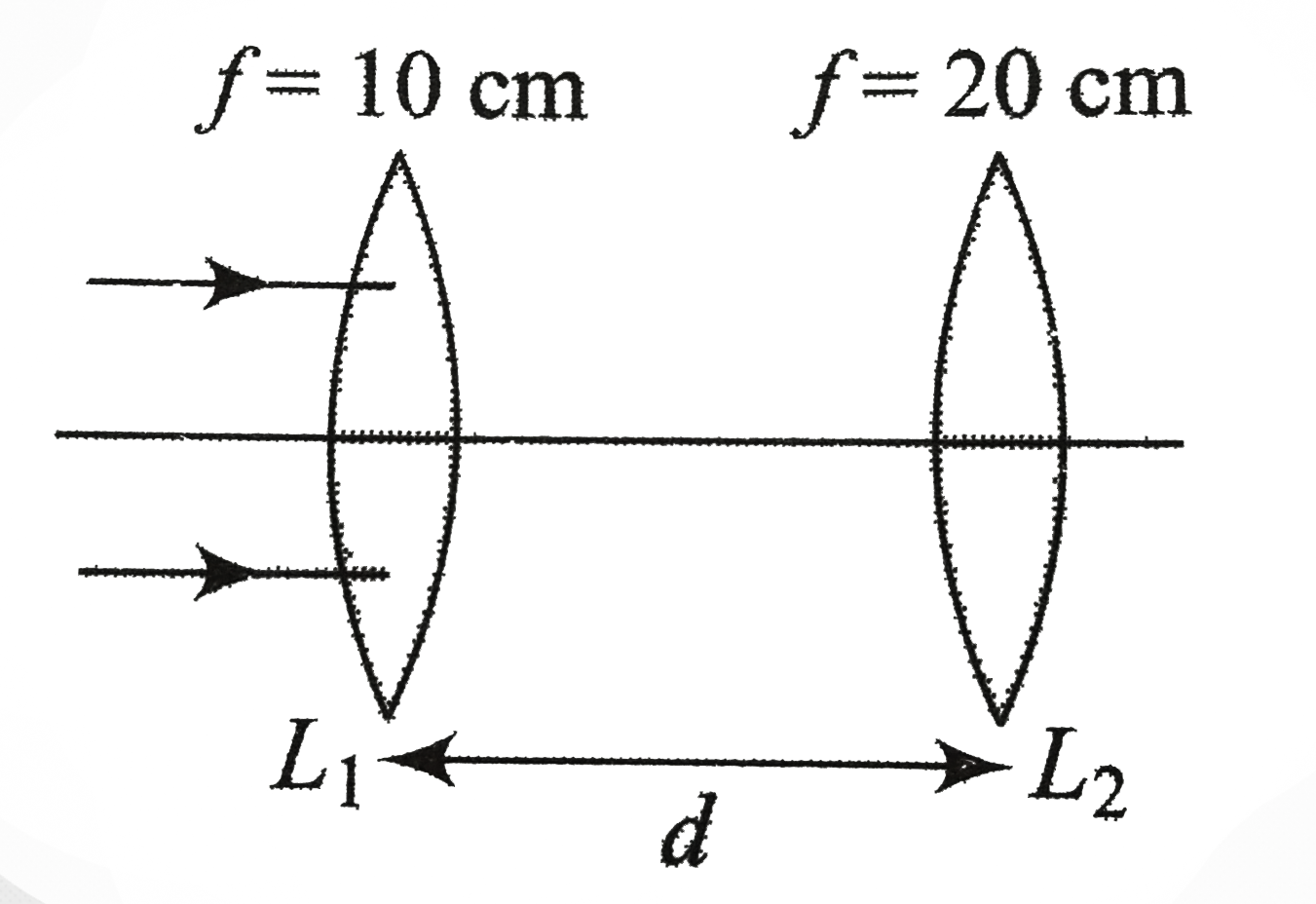Find the distance CQ if incident light ray parallel to principal axis is incident at an angle i. Also, find the distance CQ if i→0 .

In triangle CNQ, cos i=R/2CQ⇒CQ=R/2cosi
As i increases cosi decreases. Hence, CQ increases.
If i is a small angle, cosi≈1 (see Fig. (b)).
∴CQ=R/2
So, paraxial rays meet at a distance equal to R/2 from center of curvature, which is call focus.
Topper's Solved these Questions
- BOOK - CENGAGE PHYSICS ENGLISHCHAPTER - GEOMETRICAL OPTICSEXERCISE - Solved Examples15videos
GEOMETRICAL OPTICS
- BOOK - CENGAGE PHYSICS ENGLISHCHAPTER - GEOMETRICAL OPTICSEXERCISE - Exercise1.114videos
GEOMETRICAL OPTICS
- BOOK - CENGAGE PHYSICS ENGLISHCHAPTER - ELECTRON,PHONTS,PHOTOELECTRIC EFFECT & X-RAYSEXERCISE - dpp 3.315videos
ELECTRON,PHONTS,PHOTOELECTRIC EFFECT & X-RAYS
- BOOK - CENGAGE PHYSICS ENGLISHCHAPTER - HEATING EFFECT OF CURRENTEXERCISE - Thermal Power in Resistance Connected in Circuit27videos
HEATING EFFECT OF CURRENT
Similar Questions
A light ray parallel to the principal axis is incident (as shown in the figure) on a thin planoconvex lens with radius of curvature of its curved part equal to 10 cm. Assuming that the refractive index of the material of the lens is 4/3 and medium on both sides of the lens is air, find the distance of the point from the lens where this ray meets the principal axis. Find your answer in the form X7cm and fill value of X .
 View Solution
View SolutionA ray of light is incident on a concave mirror . It is parallel to the principal axis and its height from principal axis is equal to the focal length of the mirror. The ratio of the distance of point B to the distance of the focus from the centre of curvature is (AB is the reflected ray)
_E01_055_Q01.png) View Solution
View SolutionDraw the incident ray and the reflected ray. if a light ray is incident on a plane mirror with the angle of incidence 30∘.
View SolutionA parabola mirror is kept along y2=4x and two light rays parallel to its axis are reflected along one straight line. If one of the incident light rays is at 3 units distance from the axis, then find the distance of the other incident ray from the axis.
View SolutionFigure, shown two converging lenses. Incident rays are parallel to the principal axis. What should be the value of d so that final rays are also parallel?
Here, the diameter of ray beam become wider.
 View Solution
View SolutionA parallel beam of light is incident on a converging lens parallel to its principal axis. As one moves away from the les on the other side on its principal axis, the intensity of light
View SolutionFind the angle of incidence at which a ray of monochromatic light should be incident on the first surface AB of a regular glass prism ABC so that the emergent ray grazes the adjacent surface AC. (Refractive index of glass =1.6.)
View SolutionFind the angle of incidence at which a ray of monochromatic light should be incident on the first surface AB of a regular glass prism ABC so that the emergent ray grazes the adjacent surface AC.(Refractive Index of glass = 1.56)
View SolutionA double convex thin lens made of glass (refractive index μ=1.5) has both radii of curvature of magnitude 20 cm . Incident light rays parallel to the axis of the lens will converge at a distance L such that
View SolutionA double convex thin lens made of glass (refractive index μ=1.5) has both radii of curvature of magnitude 20 cm . Incident light rays parallel to the axis of the lens will converge at a distance L such that
View Solution

